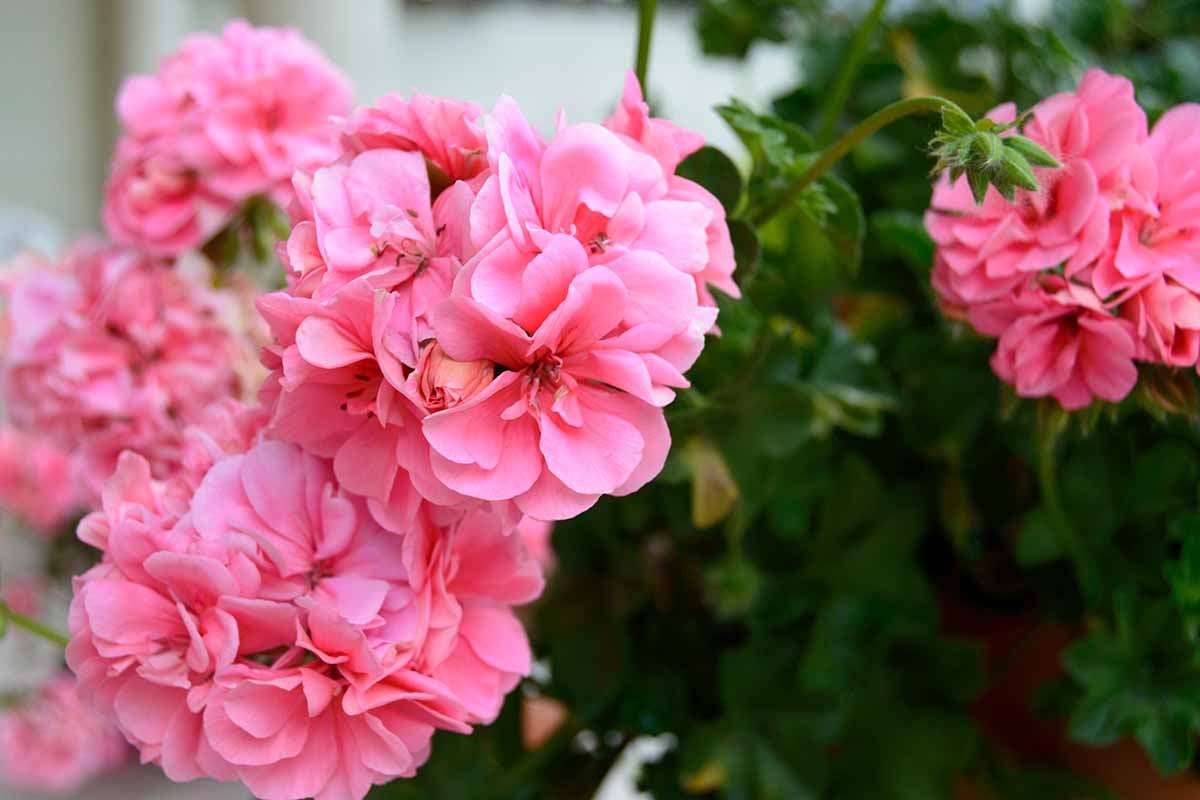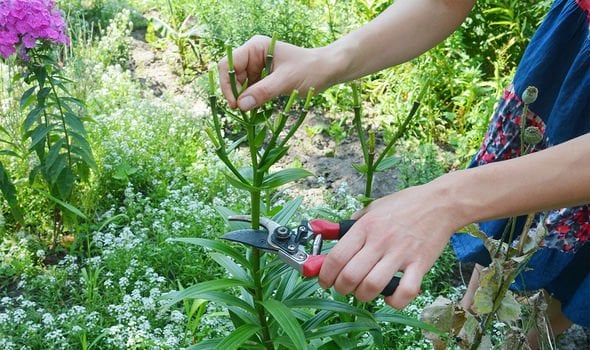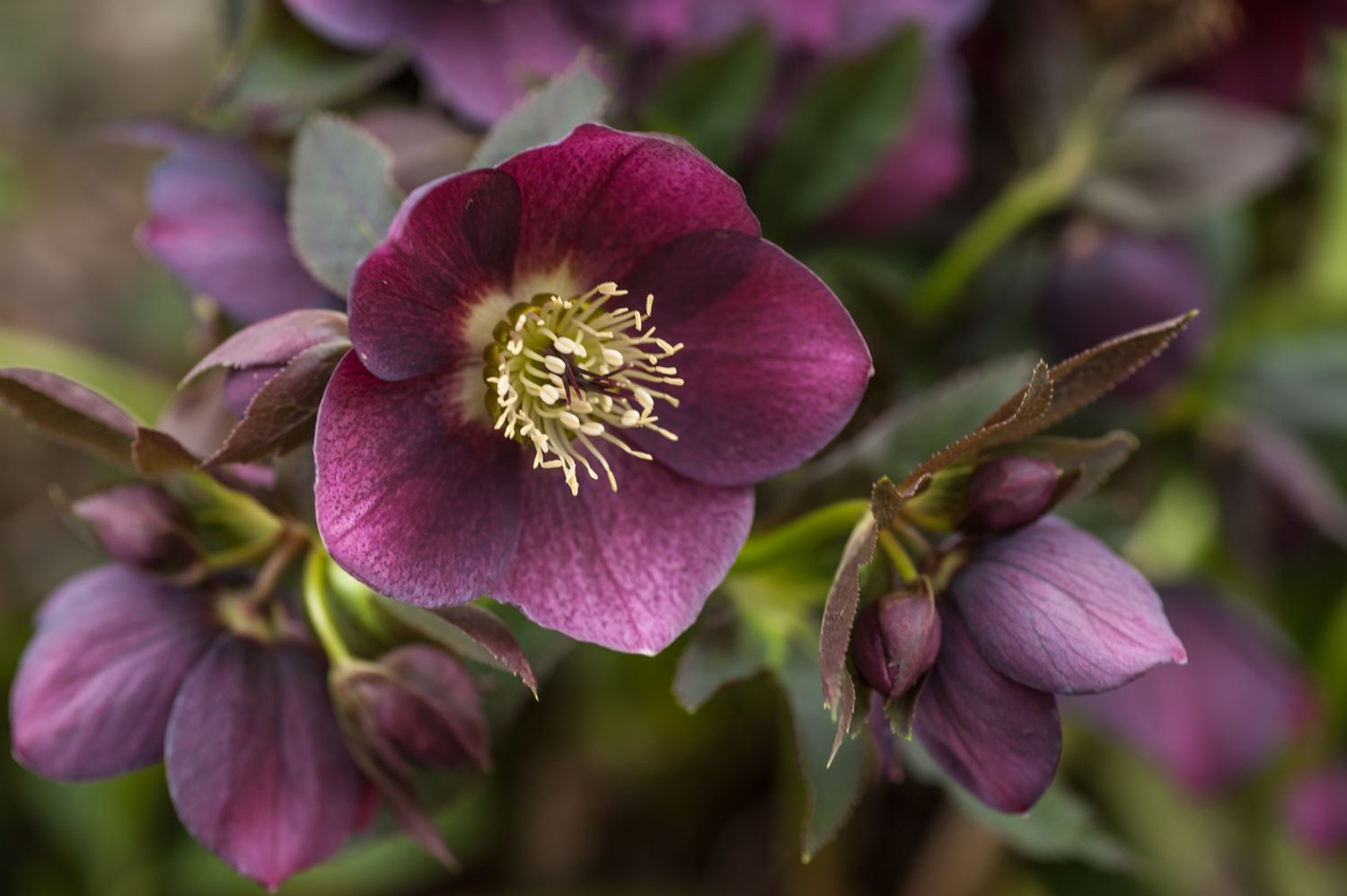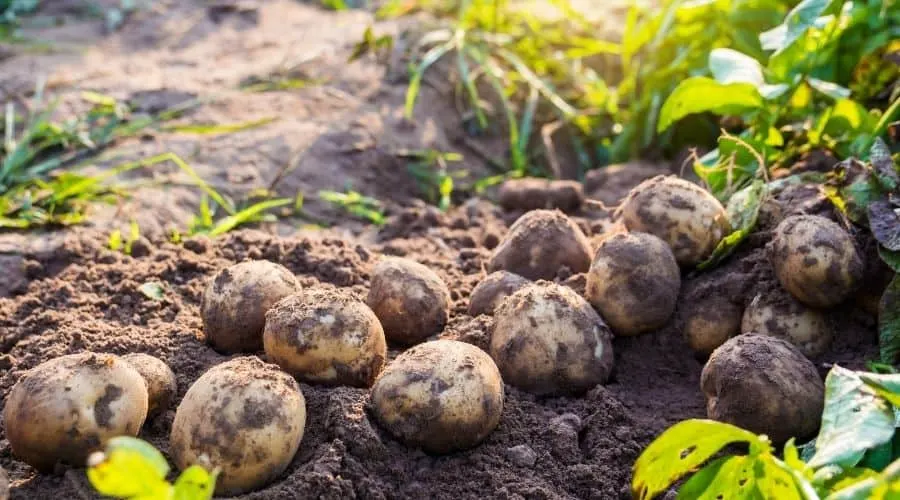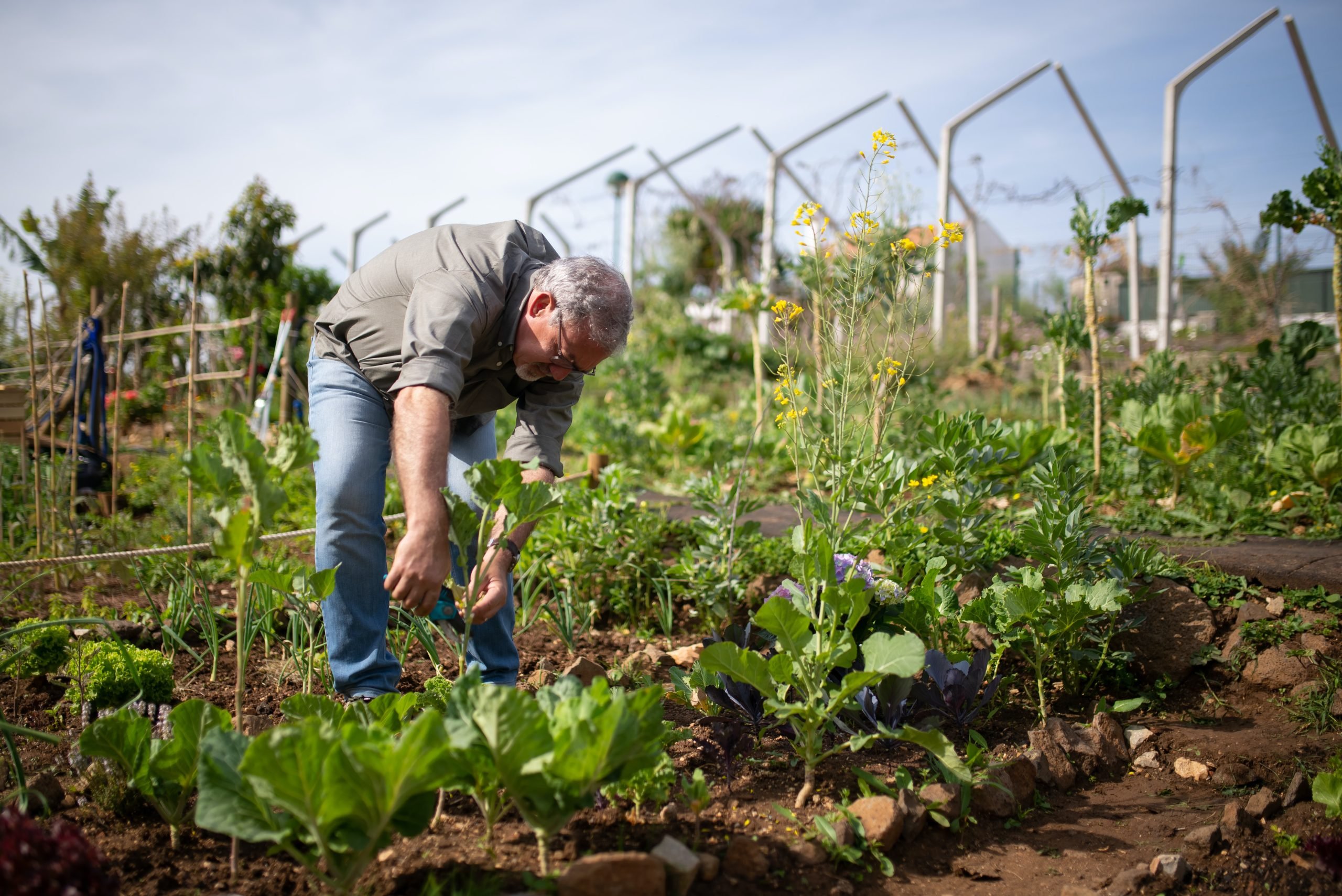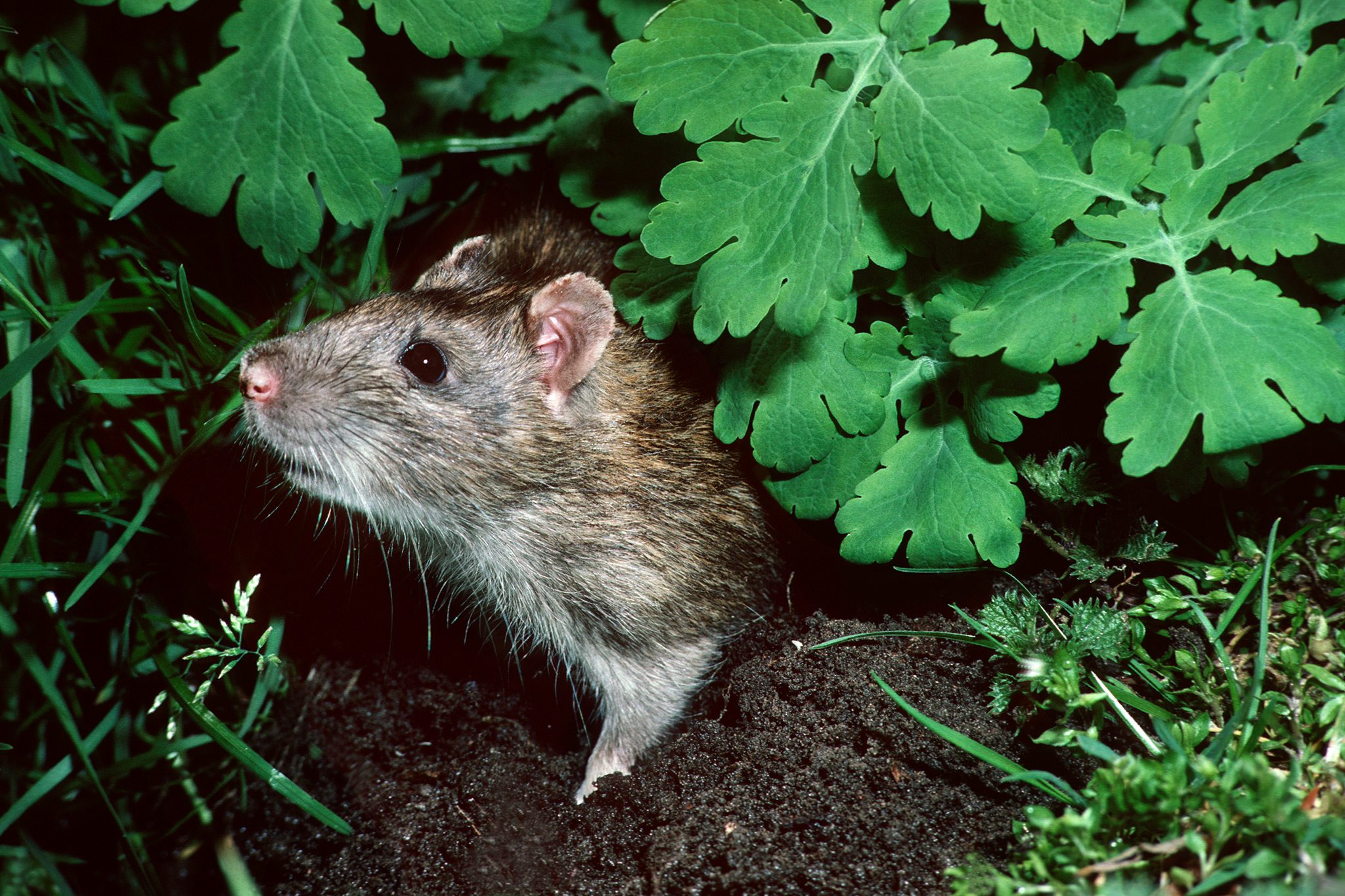Boost Your Camellias Growth: A Guide to Watering and Fertilising
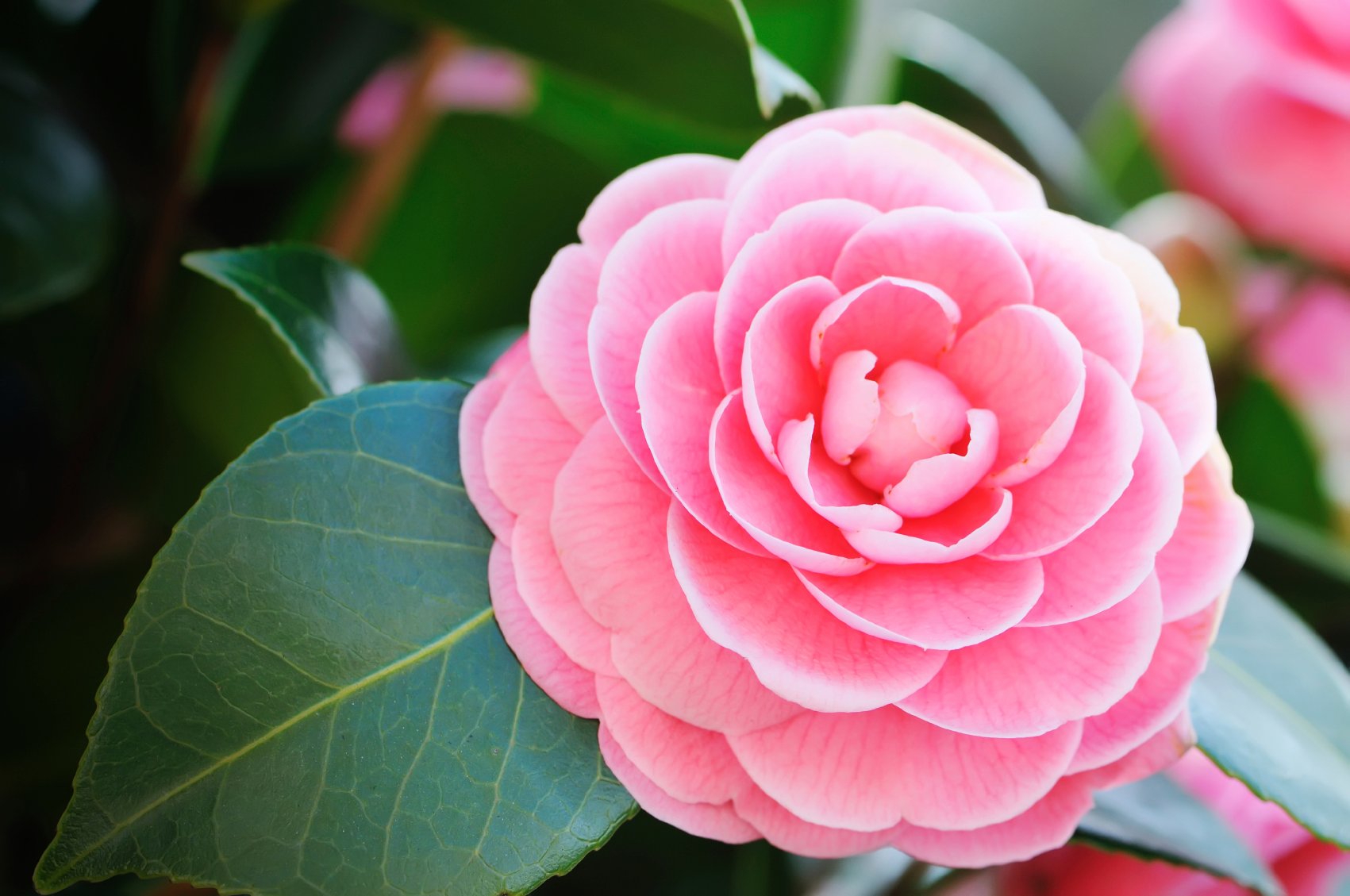
Table of Contents
Camellias are the new Roses!! Pink, Red, Purple, White, there are so many to excite!
Camellias are beautiful flowering shrubs well-known for their striking blooms, glossy green foliage, and their adaptability to different types of soils and weather conditions. However, proper care and maintenance are important to keep your Camellias healthy and beautiful year-round. This article will discuss how to water and fertilise Camellias in a detailed process.
Camellias have been cultivated for thousands of years in Asia and have a rich cultural significance in many countries. For example, in Japan, Camellias are associated with the samurai culture and are often featured in traditional artwork and poetry.
There are over 300 species of Camellias and many more cultivars and hybrids. Some of the most popular species include Camellia japonica, Camellia sasanqua, and Camellia sinensis. Growing Camellias is not that hard if proper care is taken. Let’s understand Camellia’s plantation process, when to feed Camellias and how to care for them in detail below!
What Are Camellias?
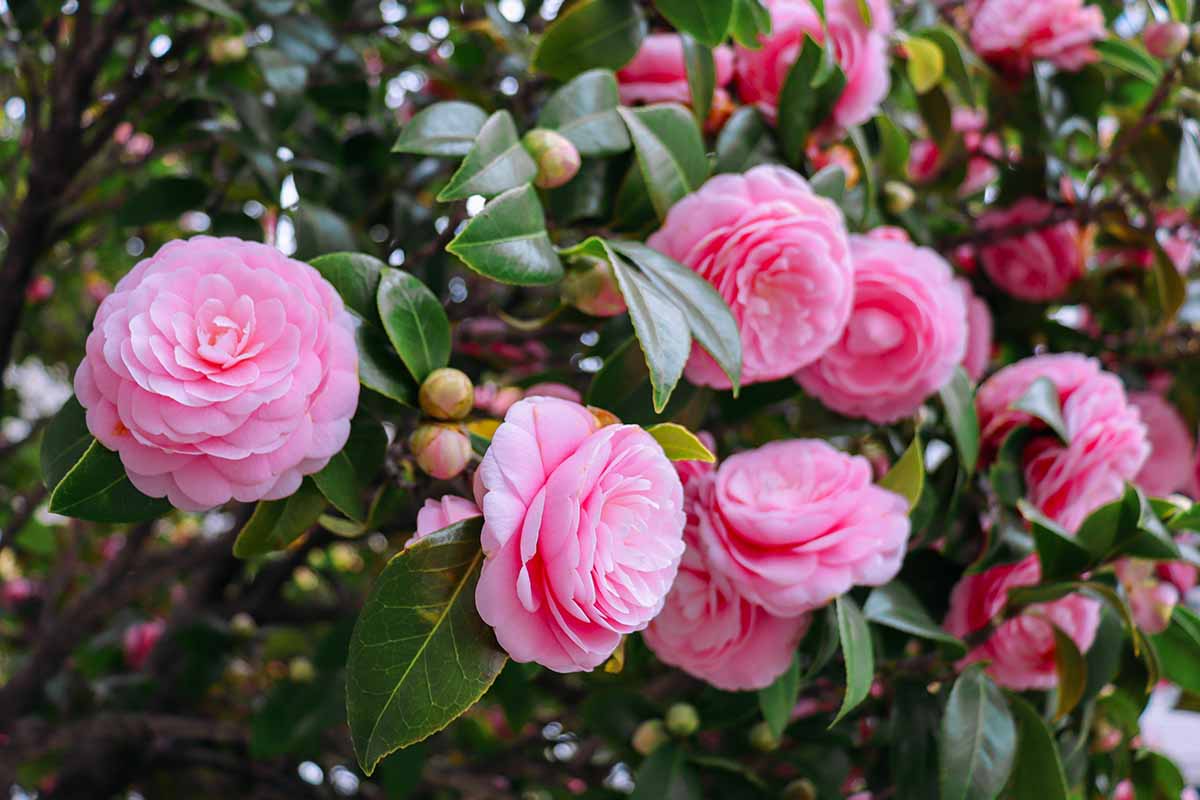
Popularly known as the Winter Queens, Camellias are a genus of flowering shrubs and small trees native to Asia, particularly China and Japan. They belong to the family Theaceae, including other ornamental plants like tea (Camellia sinensis).
Camellias are prized for their striking, showy blooms ranging from pure white to pink, red, and even purple shades. They are often grown as ornamental plants in gardens and landscapes, and their flowers are commonly used in floral arrangements.
The best part about these pretty flowers is that they are evergreen, meaning they keep their leaves throughout the year, providing year-round greenery. The leaves of Camellias are dark green and glossy, and they are often used in traditional Chinese medicine for their astringent and anti-inflammatory properties.
Camellias have also played a significant role in the development of the tea industry. Camellia sinensis, the tea plant, is a close relative of ornamental Camellia, and it is grown commercially for its leaves, which are used to make tea. Camellia sinensis is native to China, where it has been cultivated for thousands of years and is now grown in many other countries worldwide.
Overall, Camellias are a fascinating and beautiful group of plants with a rich cultural and botanical history. Whether you are a gardener, a tea lover, or appreciate their beauty, Camellias are a great choice for any landscape. Their striking blooms, glossy green leaves, and easy-care nature will give your garden or home years of enjoyment and beauty.
When to Feed Camellias in UK?
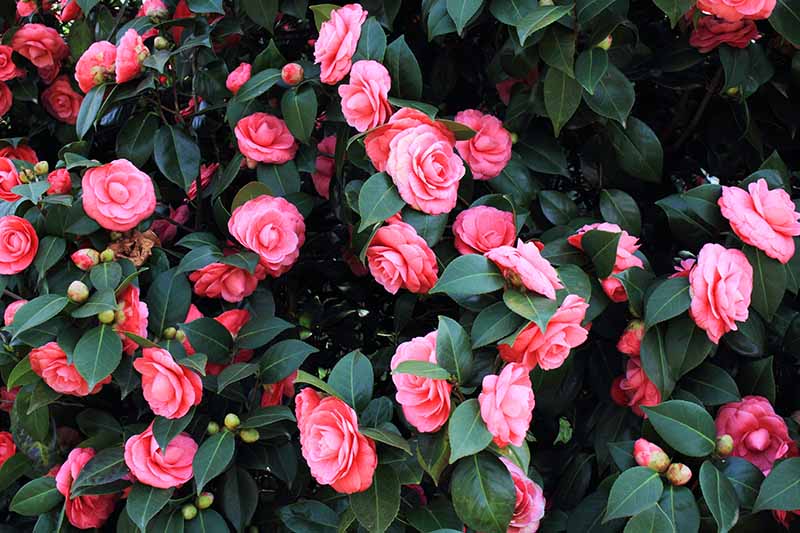
Camellias should be fed in the spring, just after flowering. This is typically around April or May, depending on your location and the weather conditions. Feeding Camellias during this time is important because it provides the plant with the nutrients it needs to develop new growth and prepare for the following year’s blooms.
It’s important to avoid feeding Camellias too early in the year, as this can cause the plant to develop new growth too quickly, which can be damaged by late frosts. It’s also important to avoid feeding Camellias too late in the year, as this can prevent the plant from developing flower buds for the following year.
Choosing the Right Fertiliser
When choosing a fertiliser for Camellias, selecting a balanced fertiliser with an equal nitrogen, phosphorus, and potassium ratio is important. For example, look for a fertiliser with an N-P-K ratio of 10-10-10 or 12-12-12. These ratios provide the plant with the right balance of nutrients for healthy growth and blooming.
In addition to the N-P-K ratio, choosing a fertiliser formulated for acid-loving plants is also important. Camellias prefer a slightly acidic soil pH, and using a fertiliser designed for acid-loving plants will help maintain the right pH balance.
Applying the Fertiliser
When applying fertiliser to Camellias, it’s important to use it evenly around the base of the plant. Avoid getting fertiliser on the foliage or flowers, which can burn the plant and cause damage.
The amount of fertiliser to apply will depend on the size of the plant and the manufacturer’s instructions. Generally, a mature Camellia plant will require approximately 100g of fertiliser per square metre of soil. Be sure to follow the instructions on the package for the correct amount to use.
Watering After Feeding
After feeding your Camellias, it’s important to water the plant well. This helps the nutrients penetrate the soil and reach the plant’s roots. It’s also important to continue to water the plant regularly, especially during dry weather, to help the plant absorb the nutrients and prevent the soil from drying out.
Using Organic Fertilisers
In addition to synthetic fertilisers, organic fertilisers can also be used to feed Camellias. Organic fertilisers such as compost or manure provide a slow-release source of nutrients and can help to improve soil health. Follow the manufacturer’s application rates and timing instructions if using organic fertilisers.
How to Water and Fertilise Camellias?
Regarding care, Camellias require regular watering to moisten the soil, especially during dry weather. They also benefit from regular fertilisation with a balanced fertiliser formulated for acid-loving plants. Here is a detailed description of watering and fertilising Camellias with proper care:
Watering Camellias
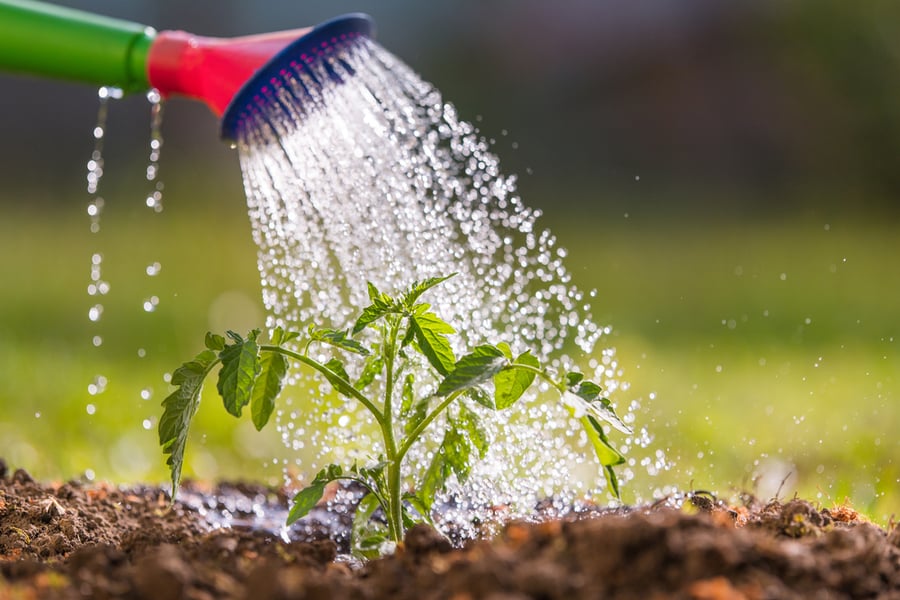
Camellias prefer evenly moist soil but not soggy or waterlogged conditions. Overwatering can lead to root rot, which can be fatal to your plant. Here are some guidelines for watering your camellias:
- Water regularly: During the growing season, Camellias require regular watering. Therefore, water them deeply once a week or more frequently during hot and dry weather.
- Check the soil: Before watering your Camellias, check the soil moisture level. The top inch of soil should be slightly moist to the touch. If it is dry, it’s time to water.
- Water in the morning: Water your Camellias early in the morning, giving the foliage time to dry out before the cooler evening temperatures. This helps to prevent fungal diseases.
- Use a watering can or hose: Use a watering can or hose to water your camellias at the base of the plant. Avoid getting the foliage wet, as this can promote fungal diseases.
- Mulch: Mulching around your Camellias can help conserve soil moisture and reduce the need for frequent watering. Apply a 2-3 inch layer of organic mulch, such as wood chips or shredded leaves, around the base of the plant.
- Indoor Watering Cans: Watering cans for the garden Flower Long Spout 1L allowing great water...
- ROBUST AND PREMIUM MATERIAL: This watering can is made of weather resistant plastic, which is...
- STYLISH: Our garden watering can is not only convenient and simple to use, but also very stylish,...
Fertilising Camellias
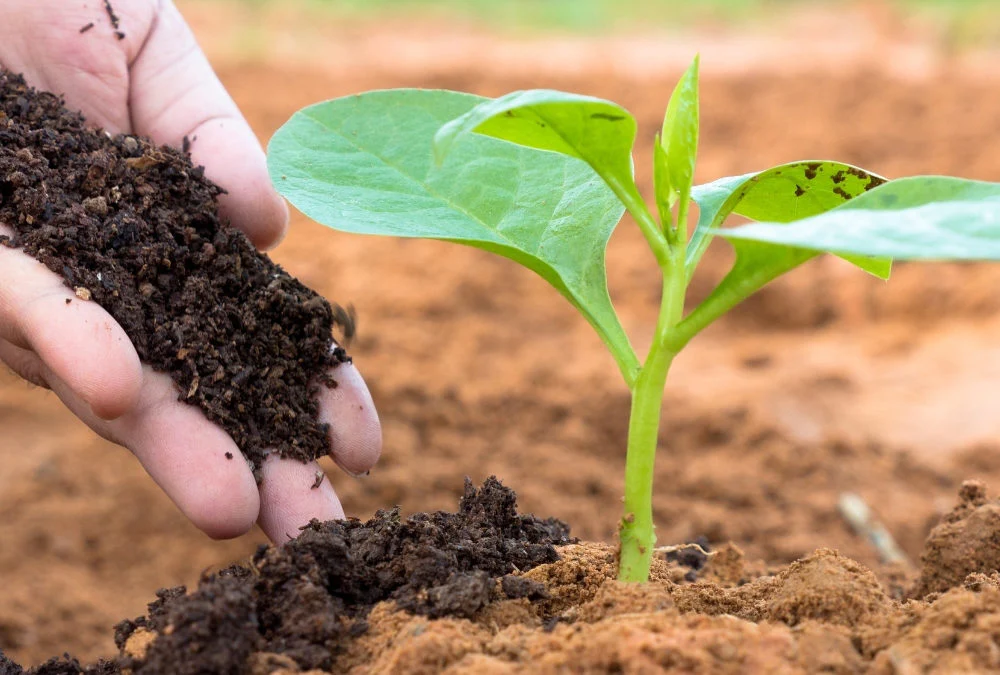
Camellias benefit from regular fertilisation to encourage healthy growth and blooming. Here’s what you need to know about fertilising Camellias:
- Use a balanced fertiliser: Camellias prefer a balanced fertiliser with an equal nitrogen, phosphorus, and potassium ratio. Look for a fertiliser with an N-P-K ratio of 10-10-10, 12-12-12, or similar.
- Fertilise in spring: Fertilise your Camellias in the spring, just after they finish blooming. This will give them the necessary nutrients to develop new growth and prepare for next year’s blooms.
- Apply the fertiliser evenly: Apply it evenly around the base of the plant, taking care not to get it on the foliage or flowers. Follow the instructions on the package for the correct amount to use.
- Water after fertilising: Water your camellias well to help the nutrients penetrate the soil and reach the roots.
- Use Organic Fertilisers: Organic fertilisers, such as compost or manure, can replace synthetic fertilisers. These can help to improve soil health and provide a slow-release source of nutrients.
- Special ecological fertilizer for Hydrangeas and Camellias
- It boosts flowering and activates the color of the flowers
- 100% organic and vegan origin Highly assimilable with NPK 8-1-5 + 74% organic matter and humic acids...
Caring for Your Camellia
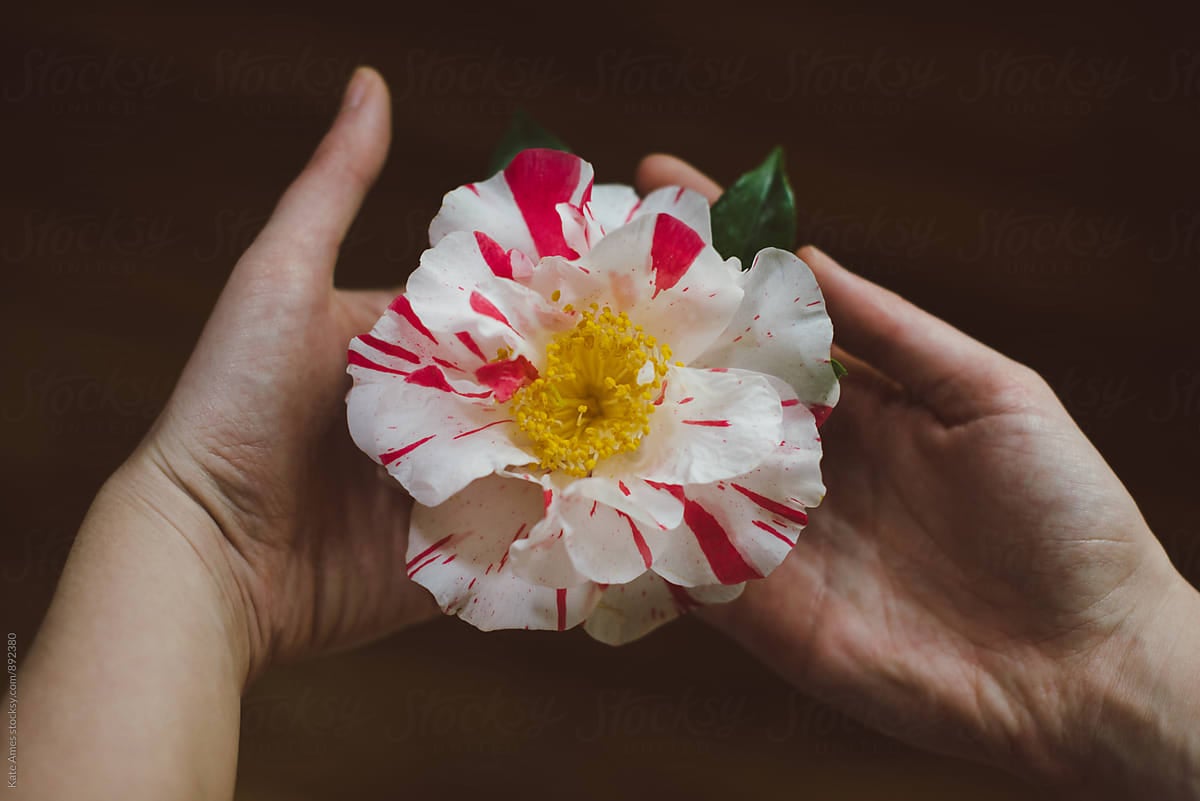
In addition to proper planting, you can do a few other things to help your Camellia thrive. Here are a few tips for caring for your Camellia:
1. Pruning
Camellias generally do not require heavy pruning, but they can be lightly pruned after flowering to help maintain their shape and promote bushy growth.
2. Fertilising
Camellias benefit from regular feeding with a balanced fertiliser for acid-loving plants. Apply the fertiliser in the spring, just after flowering, and follow the manufacturer’s instructions for application rates.
3. Pest and Disease Control
Camellias can be susceptible to pests and diseases, including scale insects, spider mites, and Camellia petal blight. Regular inspection and treatment can help to prevent these problems from becoming serious.
Conclusion
Watering and fertilising are essential aspects of caring for Camellias. Proper watering and fertilisation can help ensure the plant remains healthy and produces beautiful blooms. Camellias should be watered regularly to keep the soil moist but not soggy, especially during dry weather.
It is important to note that different species and cultivars of Camellias may have slightly different requirements for watering and fertilisation, so it is always a good idea to research the specific needs of your particular plant.
By following these simple guidelines for watering and fertilising Camellias, you can help ensure that your plants remain healthy, beautiful, and vibrant year after year. With their stunning blooms, glossy leaves, and rich cultural and botanical history, Camellias are truly a joy to grow and care for.



